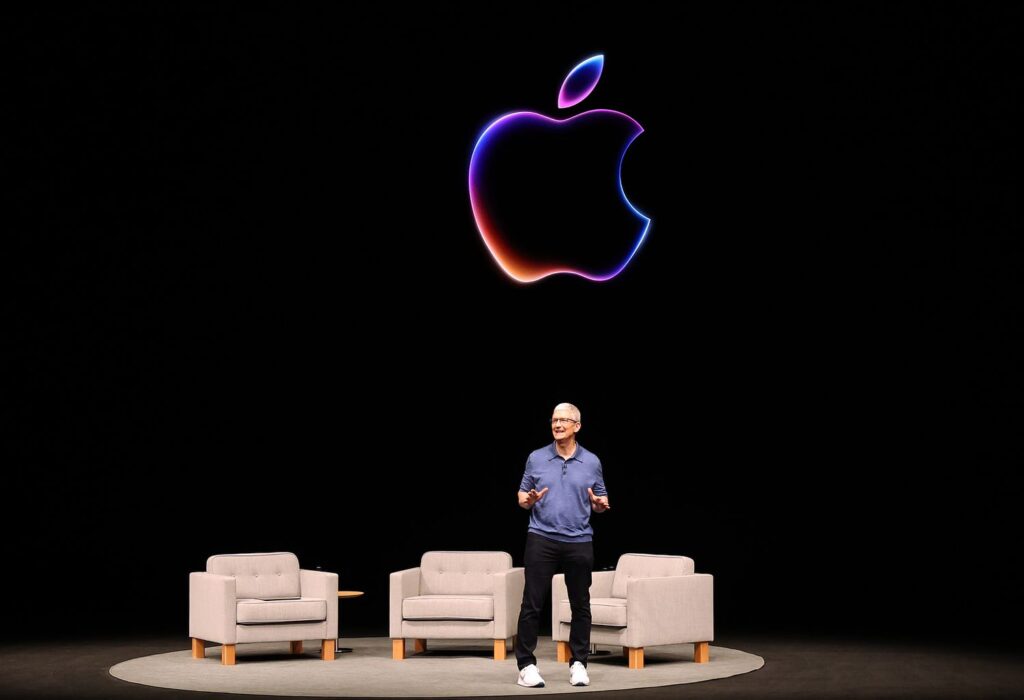The tech world is a complex ecosystem, a constant dance of partnerships, rivalries, and strategic maneuvering. One particularly intriguing relationship, or perhaps lack thereof, is that between Apple and Nvidia. While Nvidia has risen to prominence on the back of the AI boom, fueled by demand from giants like Amazon, Microsoft, and Google, Apple has remained conspicuously absent from its major customer list. Why?
Reports have surfaced detailing a history of friction between the two companies, harking back to the Steve Jobs era and the use of Nvidia graphics in Macs. Stories of strained interactions and perceived slights paint a picture of a relationship that was, at best, uneasy. However, attributing Apple’s current stance solely to past grievances seems overly simplistic.
Apple’s strategic direction has been clear for years: vertical integration. The company’s relentless pursuit of designing its own silicon, from the A-series chips in iPhones to the M-series in Macs, speaks volumes. This drive is motivated by a desire for greater control over performance, power efficiency, and cost, as well as a tighter integration between hardware and software.
It’s less about an “allergy” to Nvidia and more about Apple’s overarching philosophy. They want to own the entire stack. This isn’t unique to GPUs; Apple is also developing its own modems, Wi-Fi, and Bluetooth chips, reducing reliance on suppliers like Qualcomm and Broadcom.
While Apple has utilized Nvidia’s technology indirectly through cloud services, this appears to be a temporary solution. The development of their own AI server chip underscores their commitment to internalizing key technologies. The past may color perceptions, but Apple’s present actions are driven by a long-term vision of silicon independence.
